The traditional Arbore village, a stone’s throw away from a standard African village, further undermines the idea of authenticity.
In the Weyto desert, a flat expanse of land that looks conspicuously like a rift valley floor, live the Arbore people, generating another disappointing visit to a village; the first word uttered when we arrived was “pen?”, and even before we could get out of the car we were surrounded by photo-beggars. We did have a local guide here, part of the mandatory package, who wandered with us in between the flimsy round huts, the tukuls. The other good thing he did was admitting that the boys that had painted their face did this for special ceremonies, a few times a year, but since there was no ceremony now, they mostly did it for the tourists, instead.
Strikingly, it turned out that there is in fact a much larger village 1500 meters down the road, which one would normally not see – but our driver had to come here to get our receipt from the entry payments. Here people live in normal houses, ie. square huts with corrugated iron roofs, and here people wear Western cloths; would they do shifts, Monday, Wednesday, Friday one half of the village goes and entertains the tourists in traditional garb, Tuesday, Thursday, Saturday it is the other half’s turn? Anyhow, further undermining the authenticity of the whole thing, that’s for sure.
Perhaps the most astonishing thing from the valley floor here is the habit to employ human scare crows: in the sorghum fields small platforms have been raised, every 100-200 meters or so, where young men and boys sit with long branches, and a few pebbles, to chase the birds off the crops. Just imagine the opportunity costs, having all these able young men, well, throwing stones at birds the whole day. There must be a more efficient way!
NB: Arbore also go by the name of Erbore.
More on the South Omo Valley tribes, as well as my view on this circus, can be accessed through the Ethnic Minorities entry.
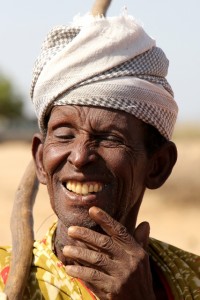

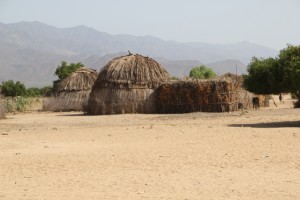
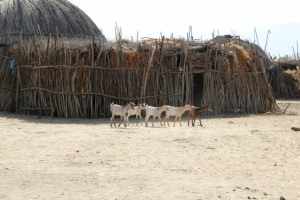


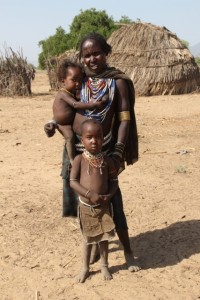
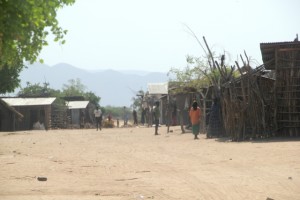

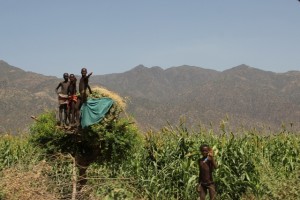










Arbore people, generating another disappointing visit to a village; the first word uttered when we arrived was “pen?”, and even before we could get out of the car we were surrounded by photo-beggars.
this above sort of paragraph was not suppose to be only represent where ever tourist regularly visits is happens,
so on the other point of view of visitor they may think that Arbore is the only tribe that asked pens when ever you are coming down from vehicle extra,and they are photo-beggars. this is critically wrong b/c something representing whole will not be for one community as single.
Hi, thanks for your comment. You are quite right, of course, that the Arbore are not the only tribe that have made a business out of the tourist industry (you quote me calling this “another disappointing visit”, ie not the first one). If you also read my other entries on the South Omo tribes, you’ll find that I have no difficulty with the concept of business, but mostly with the undignified way this business is currently being conducted. A bit more organising, ensuring everybody benefits, would already go a long way.